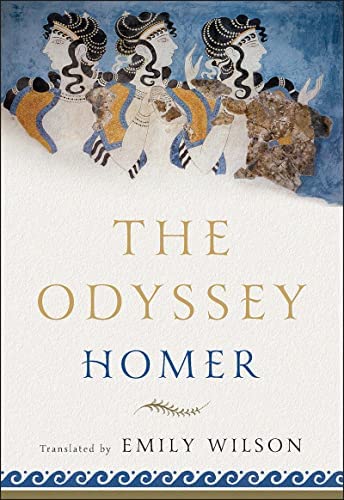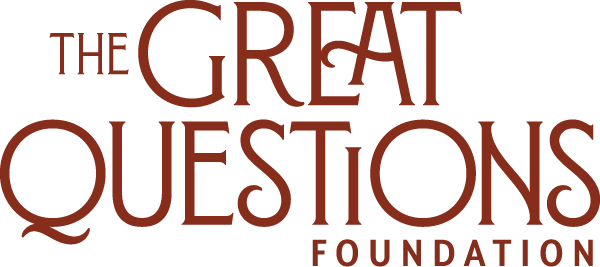I sing of arms and of a man: his fate
had made him fugitive: he was the first
to journey from the coasts of Troy as far
as Italy and the Lavinian shores
Across the lands and waters he was battered
beneath the violence of the high ones for
the savage Juno’s unforgetting anger.
(Book 1, lines 1-7)
Virgil
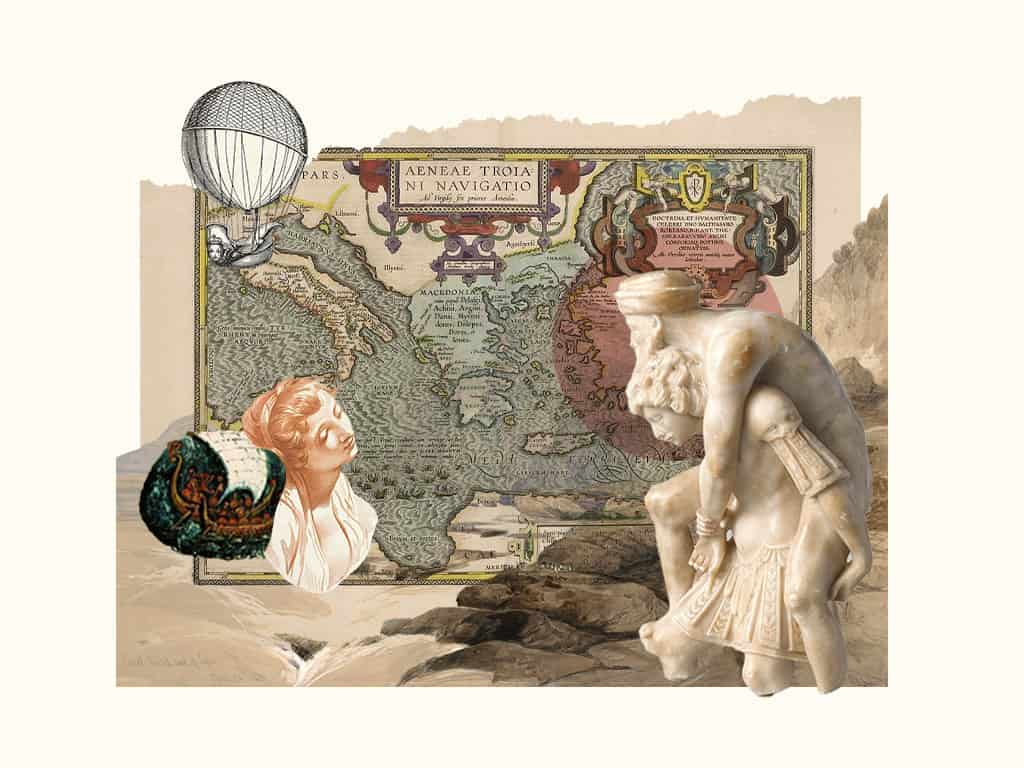
The Aeneid
Virgil
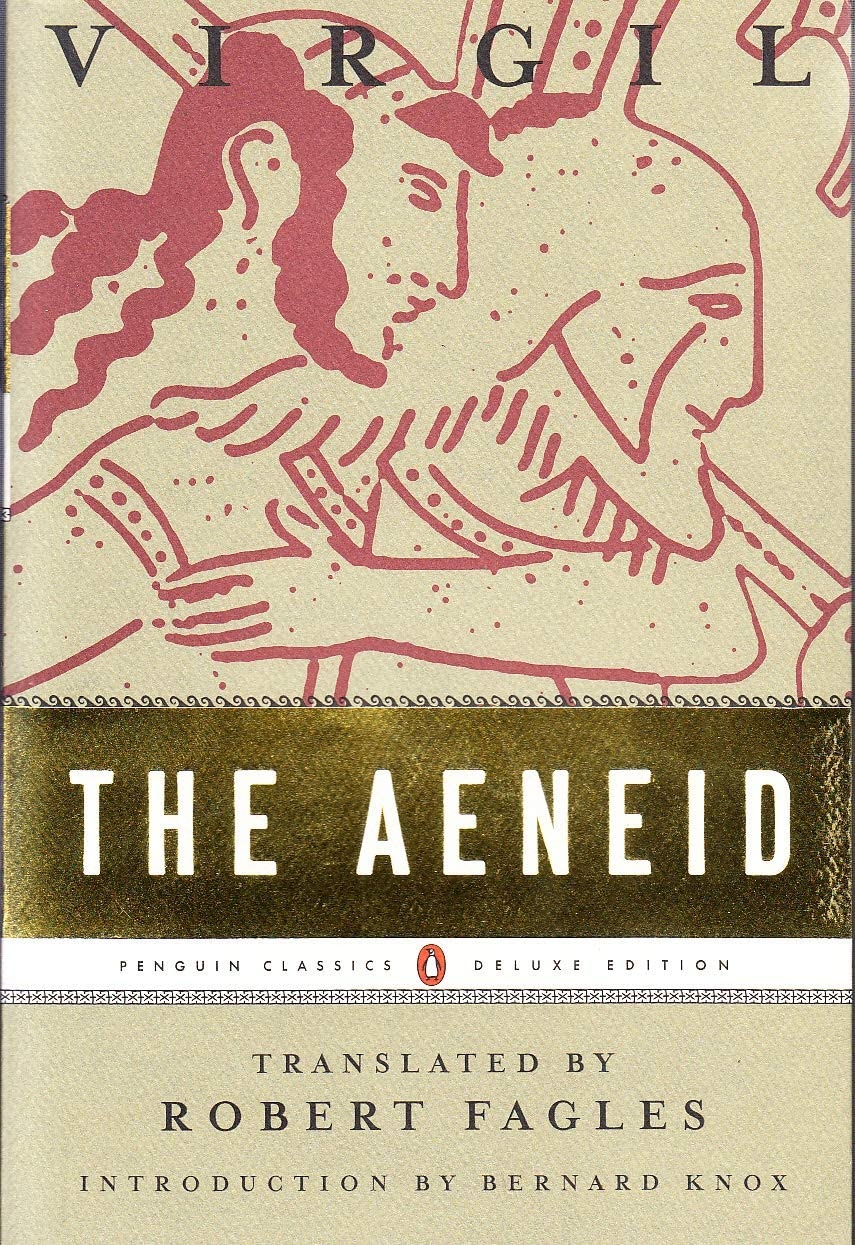
Virgil, The Aeneid, translated by Robert Fagles (New York: Penguin Classics, 2008). ISBN-13: 978-0143105138
Virgil’s "The Aeneid" tells the story of Aeneas's journey to find a new land for him and his followers to settle, ultimately reaching Rome.
Having escaped the Greek sack of Troy, Aeneas leads his family and other refugees out of the city, losing his wife in the process. Aeneas and his followers set sail for Italy, but a storm moves them off course, and they end up in Carthage. There, Aeneas has a love affair with the Carthaginian ruler Dido; however, Aeneas feels this affair has taken him away from his destiny. As a result, he and his followers leave for Italy, leading Dido to commit suicide. This also pushes Carthage into disorder. The Trojans reach Laurentum. While they were warmly received, fighting breaks out, and the Latins eventually see the inevitability of the Trojan victory.
Why This Text is Transformative?
While The Aeneid is seen as a glorification of Rome, the work’s significance is tied to its ability to inform students of the values that defined Rome. This has relevance today, as many nations are defined by a set of values that people are willing to fight and die for.
While The Aeneid tells the story of Aeneas’s journey to settle in Rome, Virgil’s larger point is to highlight how Roman greatness was not by accident. The Aeneid is therefore seen as a glorification of Rome, its values, and its people. This can be seen through Aeneas, who Virgil uses to personify Roman ideals and values. Throughout the epic, Aeneas is presented as a man who is bound by duty. This can be seen as he leaves Dido, seeing his love affair taking him away from his destiny and responsibility. While The Aeneid is seen as a glorification of Rome, the work’s significance is tied to its ability to inform students of the values that defined Rome. This has relevance today, as many nations are defined by a set of values that people are willing to fight and die for. Furthermore, students can look at The Aeneid within its time and circumstance to see it as offering an insightful commentary on Rome during the early years of Pax Romana.
A Focused Selection
Study Questions
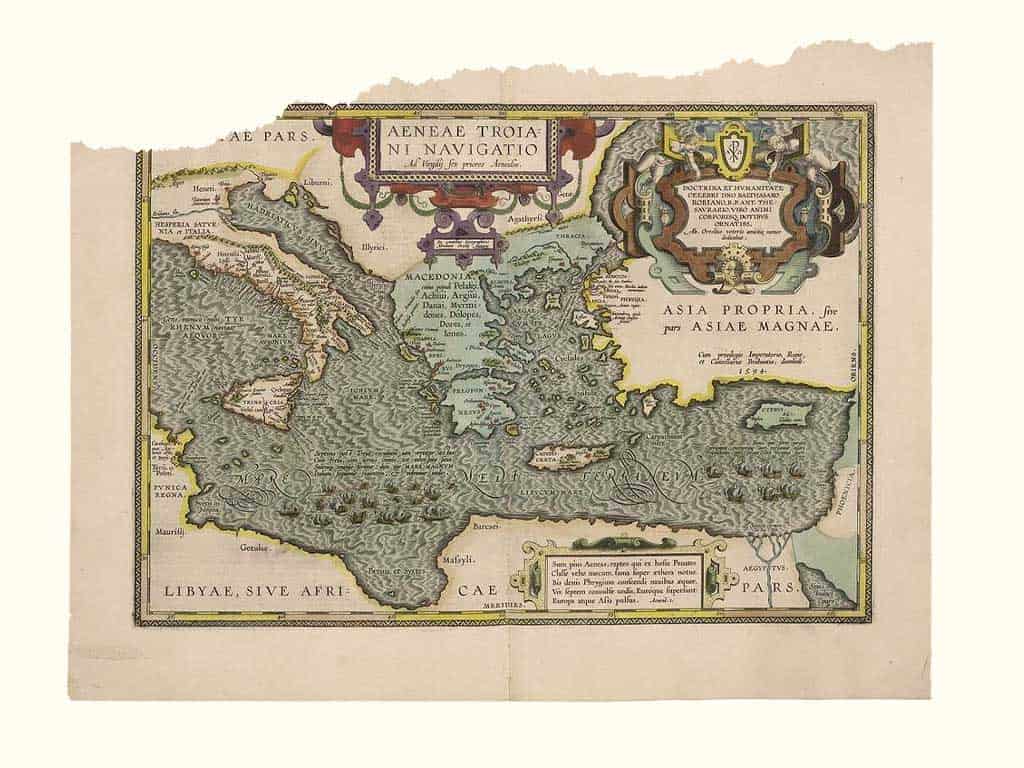
Two 75-minute class sessions can be devoted to reading Books 1 and 2 of The Aeneid.
1) How would you define a hero? Based on you definition, would you consider Aeneas a hero? Would Aeneas represent a hero by today’s standards? Please provide examples from the readings to support your answer.
2) How does Aeneas respond and act during the Geek sack of Troy? How does Aeneas’s behavior compare with other characters like Gilgamesh, Hector, Achilles, and Odysseus? What kind of character does Aeneas have?
3) What role do the gods play in The Aeneid? What do the gods reveal about ancient Rome in particular and the ancient world in general?
4) Is Virgil trying to make a larger statement about ancient Rome in The Aeneid? Why do you feel this way? Please provide examples from the readings to support your answer.
Building Bridges
From a historical perspective, The Aeneid works well with Homer’s The Iliad and Odyssey, as they both outline values that came to identify ancient Greece and Rome. For example, in reading The Iliad and Odyssey, one can see the importance individualism played in developing ancient Greece. Achilles represented the individual who questioned authority, who believed he counted more than his community. On the other hand, Hector represented the individual who gave to the state. Lastly, Odysseus reflects the individual who uses brains over brawn. These three characters were influential in the development and growth of ancient Greece, as Achilles represented Athens; Hector represented Sparta, and Odysseus represented Macedonia. Similarly, in reading The Aeneid, one can see the importance Romans placed on order and efficiency. This could be seen by Aeneas and his fellow Trojans fleeing the chaos of a destroyed Troy, settling in Italy to create a new and orderly life for themselves. In some ways, The Aeneid can be interpreted as an ode to Octavian who led Rome out of the chaos that defined the late-Republic into the order and stability that characterized Pax Romana.
Supplemental Resources
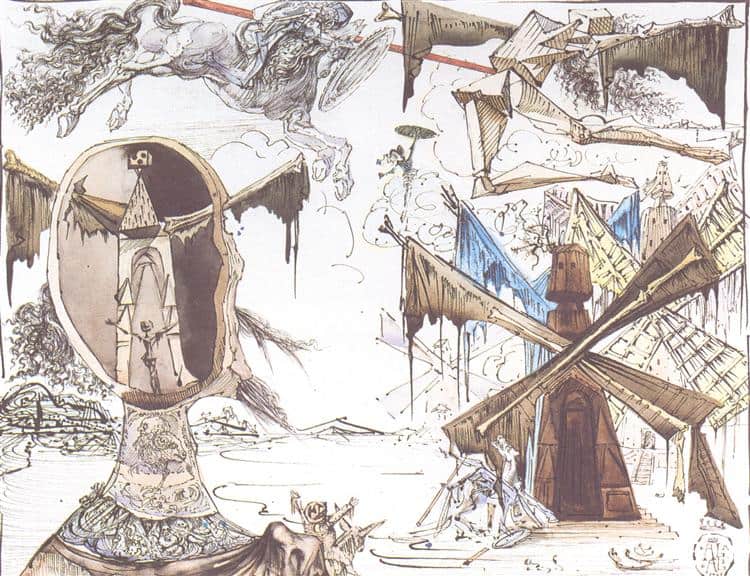
Don Quixote and the Windmills, 1945 - Salvador Dali - WikiArt.org
Don Quixote has been an inspiration for many visual artists. Spanish surrealist Salvador Dali returned to the novel multiple times throughout his long career, creating sketches, paintings, and sculptures of Don Quixote and Sancho, depicting important episodes in the book. A pairing of an episode with one of Dali’s works can lead to a stimulating discussion.
What details do students notice? What do his artistic choices suggest about his interpretation of the characters? To the extent that students are familiar with the story of Don Quixote, it is likely to be as it is filtered through the musical The Man of La Mancha. The musical has its own merits, and is framed by the interesting device of placing Cervantes on stage as a narrator, but of course it is impossible for it to capture much of the complexity of the book – and it alters the ending dramatically. Students may find it interesting to compare the two endings.
Text Mapping
Discipline Mapping
History
Humanities
Philosophy & Religion
Page Contributor


